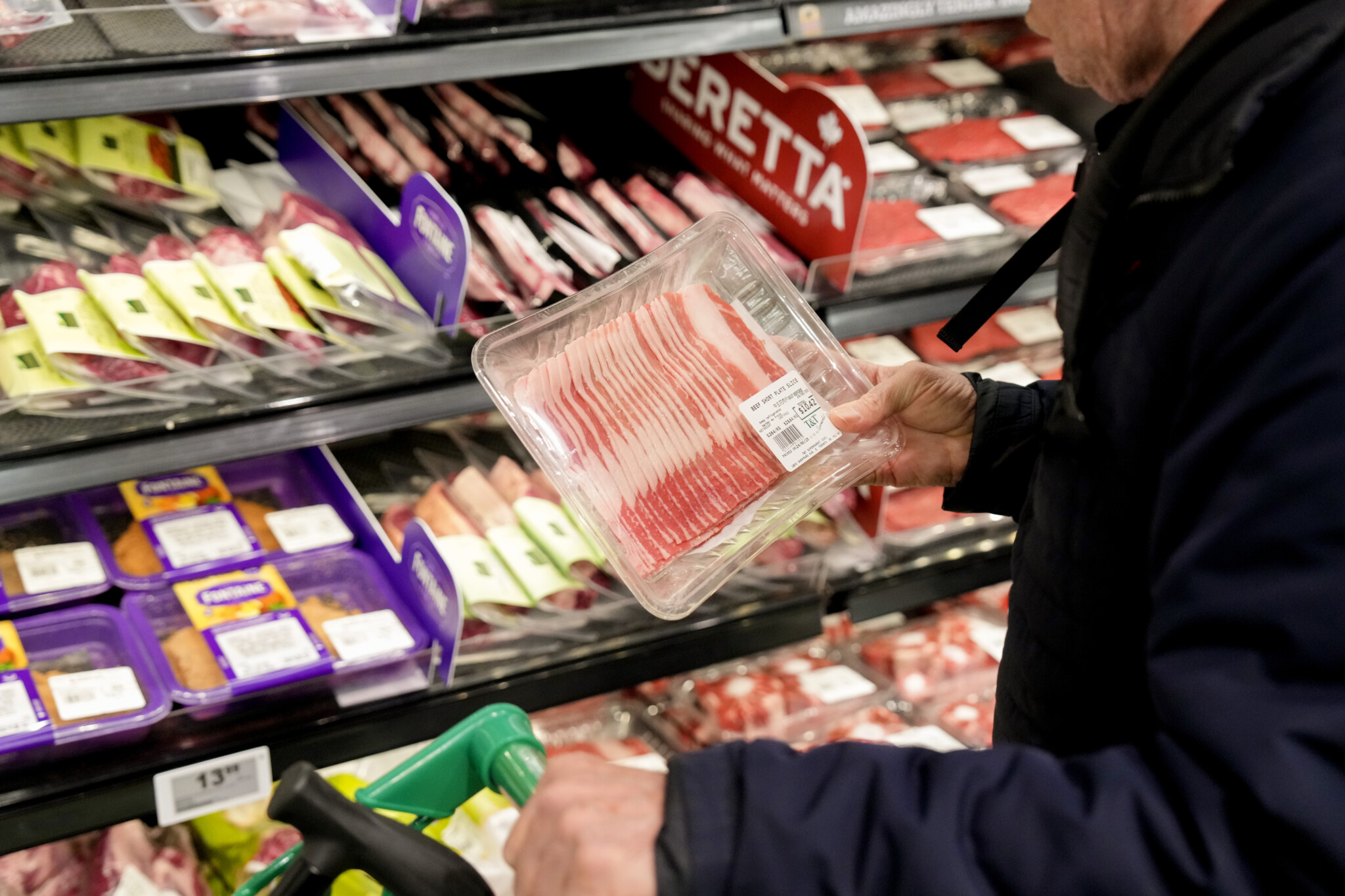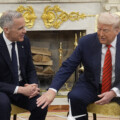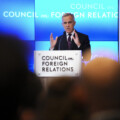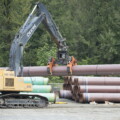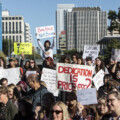The United States supplies half of Canada’s fruit, nuts, and vegetables. A 25 percent tariff on those imports would increase the cost of those imported fruits, nuts, and vegetables by 25 percent in less than a month (to let supply chains clear out). That means an inflation rate of 12.5 percent for Canadian fruit, nuts, and vegetables in one month.
Scary.
But that is exactly what Canada should be prepared to announce on January 20 or whenever Donald Trump’s 25 percent tariffs are enacted, along with an equivalent tariff on all other Canadian imports from the United States. This is the only rational response.
Why? Three reasons.
First, Canada must hope for the best yet prepare for the worst. I hope Trump won’t impose 25 percent tariffs on all Canadian exports to the U.S., but Canada would be crazy not to prepare for the possibility (I’d say likelihood) that he will. Trump is likely to do this because he is profoundly ignorant of basic economics and a bully.
The only way to deal with an ignorant bully is to treat them with their own medicine. Tariffs on Canadian imports to the U.S. will hit American consumers with inflation, and any American producer of goods that uses Canadian imports. That is a serious hit, but if we add a Canadian tariff on all American exports to Canada that will expand the pain across the U.S. economy. That is worth doing just to maximize the pain on the U.S.
Second, Canada will need to protect Canadian consumers and Canadian business from the impact of Trump’s tariffs. A 25 percent Canadian tariff on imported U.S. goods would raise somewhere in the neighbourhood of $100 billion per year. That would be lower if the response is to substitute more goods, and higher if trade is as sticky as I suspect. So, $100 billion in new annual revenues is a reasonable baseline for the first year or two.
How should the federal government spend $100 billion to protect Canadian consumers and businesses from tariffs? Any spending would need to cover two immediate crises. First, it will need to protect consumers from an immediate cost/inflation hit. Food, in particular, will see very rapid increases, as noted above. Second, trade-exposed sectors—like the auto sector and the energy sector—will face an immediate reduction in demand and will have to quickly reduce their costs, workforces, and sales projections.
Here’s how I would spend that $100 billion. I would spend just under half of it by a temporary (as long as tariffs last) elimination of the federal GST/HST. Yes, all five points. That would cost around $50 billion. I would then double the GST/HST credit to ensure that lower-income Canadians are further protected. That would cost around $10 billion.
I would use the remaining dollars to design a tariff-friendly version of the Canadian Emergency Wage Subsidy that was enacted during COVID-19. Tariff-friendly means it would be available to Canadian firms based on the trade exposure of their sector to the U.S. The full-blown COVID CEWS program cost between $70 and $80 billion. About a third of all the goods and services produced in Canada are exported and about three-quarters of that trade is with the U.S. That suggests that $40 billion should be more than enough for a generous CEWS program for Canadian firms most affected by the trade disruption caused by reciprocal tariffs.
Finally, if Canada’s largest and, until now, most reliable trading partner is going to act in such an ignorant and bullying manner, Canada simply must focus its attention on building better trading relationships and friends. The first thing that should be done is eliminate interprovincial trade barriers—which are effectively putting tariffs against ourselves.
Second, Canada should engage in a massive effort to expand its trade with other friends and allies. This is the best way to protect ourselves against future trade threats from our heretofore best friend and ally, the United States of America.
In the next few weeks, Canada is likely to experience a tariff-induced inflation and economic shock unlike anything we’ve experienced in decades. I hope we’re ready.
